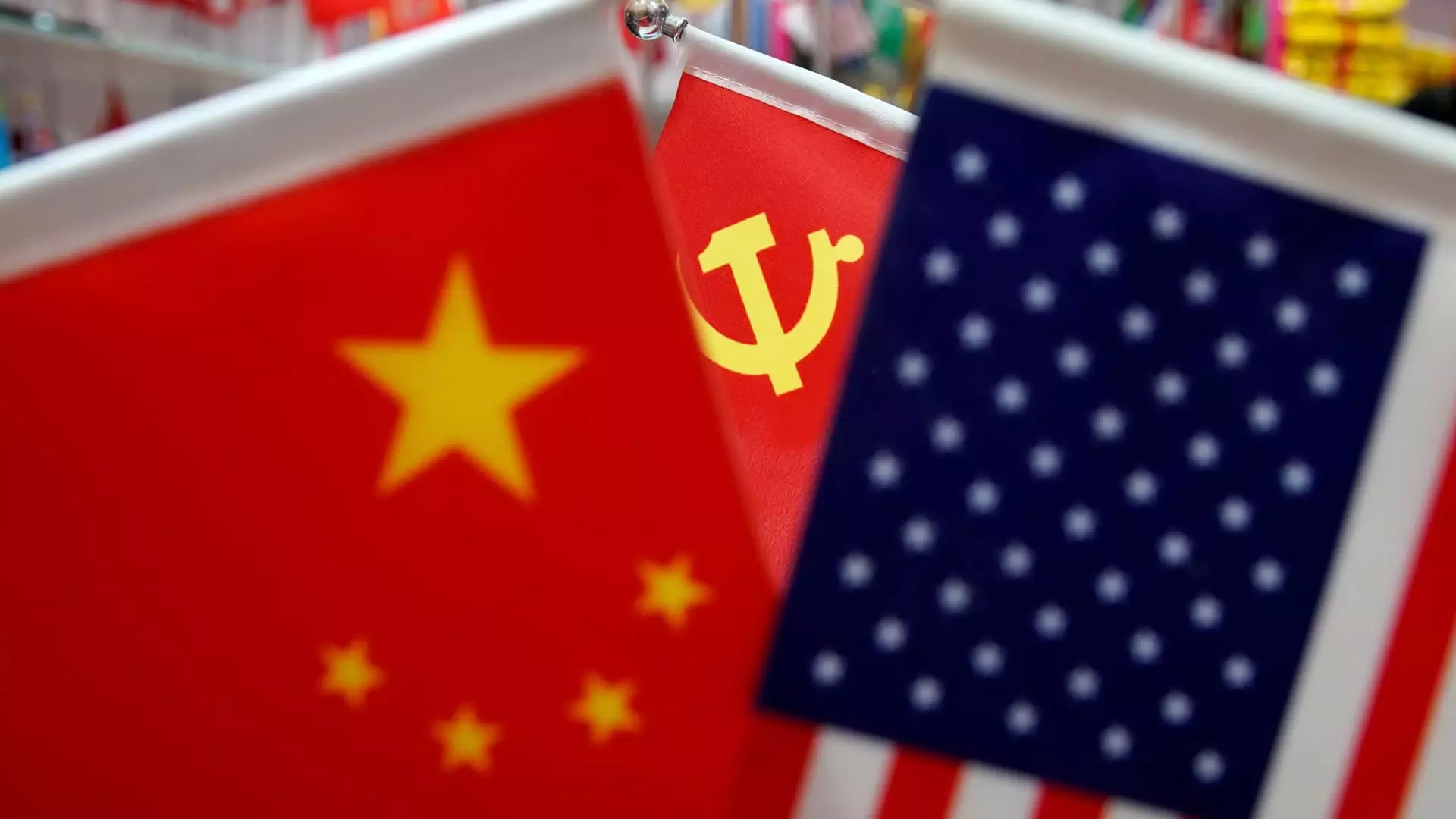In the wake of President-elect Donald Trump’s victory, China has underscored its commitment to fostering a cooperative relationship with the United States. This proactive stance, articulated by He Yongqian from China’s Ministry of Commerce, emphasizes a framework based on mutual respect and collaboration to tackle the economic challenges both nations face. Such assertions suggest a desire to transition from conflict to constructive dialogue, particularly as the incoming administration is poised to shift U.S. trade policy.
The relationship between China and the U.S. has been marked by increasing tension, especially during Trump’s first term, which commenced in 2017. With tariffs and trade restrictions becoming central themes, Trump’s next term promises to continue this trend, particularly with looming threats to impose further tariffs on Chinese imports. Economic advisors, like Yue Su from the Economist Intelligence Unit, believe that these tariffs may materialize early in Trump’s new administration, indicating a wary approach to U.S.-China trade dealings.
Anticipating potential tariff impositions, analysts are speculating about the legislative tools Trump may employ. For instance, the International Emergency Economic Powers Act would allow the president to act swiftly in imposing tariffs amid economic distress. These measures, while legally sanctioned, evoke concerns over the broader implications for international commerce and the geopolitical landscape.
Diverse Perspectives on Tariff Impact
While some believe the impending tariffs could severely disrupt trade, there is a contrasting view from financial analysts like David Chao of Invesco. Chao argues that Trump’s plans project a worst-case scenario that may not culminate in concrete actions. He posits that the new administration might rather leverage tariffs as bargaining chips to secure agreements beneficial to American economic interests, such as increased purchases of agricultural products from the U.S. This psychological play could ensure that major multinational corporations remain relatively optimistic despite the backdrop of uncertainty.
Despite optimistic assertions, there are serious concerns about how a potential 10% tariff could reverberate through global markets. Such a tax might not only dampen demand in China but could also ripple throughout Asia, revealing vulnerabilities in interconnected economies. The broader implications of these tariffs highlight the fragility of trade relations and how they can impact global stability.
A Path Forward: Toward Constructive Engagement
In essence, the next steps in China-U.S. relations will depend heavily on both nations’ willingness to engage in open dialogue and address underlying tensions through constructive channels. The interplay of domestic political agendas and international economic interests will undoubtedly shape the trajectory of trade policies in the near future. By prioritizing collaboration over confrontation, both countries may harness opportunities for shared growth, benefiting not just their economies but also contributing to global stability amidst complex interdependencies.
The urging for cooperation signals a pivotal juncture, where diplomacy could become the cornerstone for navigating the challenges of modern trade in an increasingly polarized world.


Leave a Reply